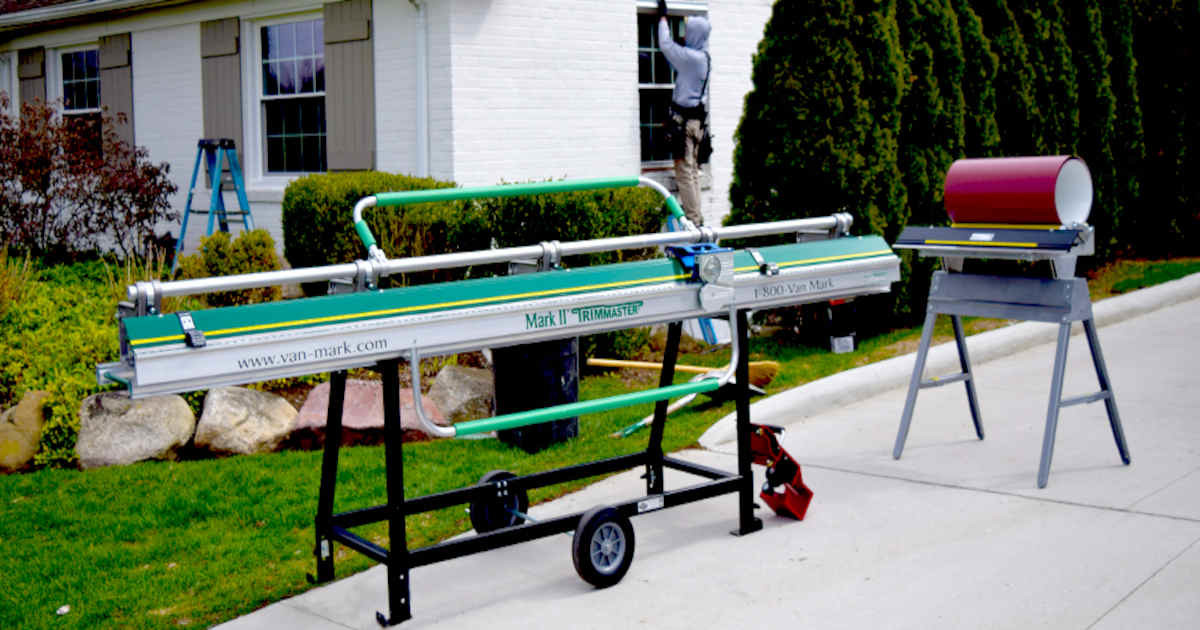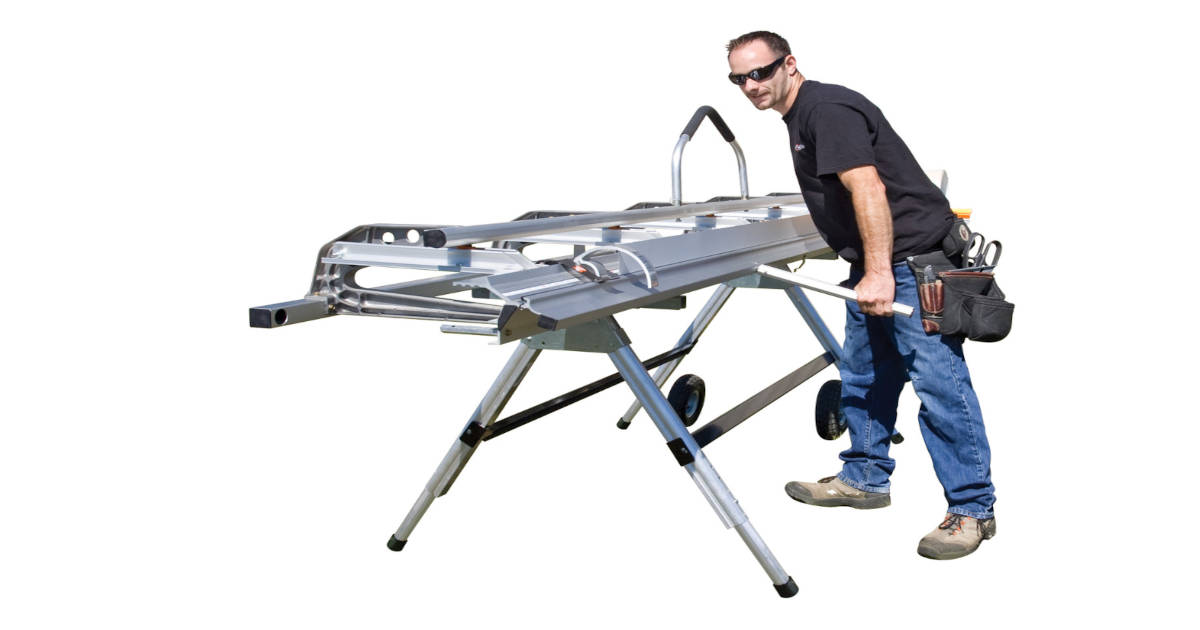Tips for Using a Siding Brake
Posted by Steven on December 06, 2024

Siding Brakes are used for bending and cutting sheets of metal. They are designed to cut or bend different types of metal, including aluminum, steel, copper, stainless steel, and zinc. Sheet metal brakes add efficiency to several projects, including siding, roofing, window and door flashing, soffits and fascias, and other small projects involving metal or vinyl sheets. Here are some tips to ensure you receive the most from your metal brake, whether you are bending or cutting metal.
Proper Tools and Safety
Metal Siding brake projects require the right tools. You need measuring tools like calipers and angle finders to protect accuracy while working. Wear safety goggles and gloves to protect yourself from injury. Wearing gloves also prevents fingerprints on the sheet metal.
Brake Setup
Before you begin, make sure the hand brake is set up properly. Take the brake out of the box and follow the assembly instructions. Set up the stand and attach the walkboard for a counterbalance. For transportation, the handles are attached with push pins. The cam and wedge system defends against wear while allowing smooth operation.
When purchasing a metal coil for bending or trimming, 50 ft. x 24 in. roles in a box. Do not take the coil out of the box and cut the tape or it will unroll and be difficult to control. Cut along the side of the box to create an opening. The opening will be a dispenser allowing you to pull the metal out as needed.

Trimming Metal
Depending on the brake, you can attach the Tapco Pro Cut-Off or the Van Mark TrimCutter to trim a piece of metal. Do not mount the slitter to the brake until after the sheet is in place. The trimmer will cut one and a half inches from where it locks. Use a measuring gauge for a precise cut. Lock the brake when you make your measurements. The last step is to slide the trimmer through the sheet of metal.
To cut a piece of metal without a trimmer, sore the metal with a utility knife. After scoring, bend the metal back and forth to create separate pieces.
Creating a Hem Seam
Hemming sheet metal refers to the process of bending the edge onto itself. This is done for several reasons including strengthening the sheet metal edge, improving the surface appearance and quality, hiding defects, connecting parts, and making the edges safer to handle.
Hemming metal is one of the most common techniques. To hem sheet metal with your siding brake, insert the metal into the front edge of the brake. Lock the brake by pressing down on the top handle. Grab the lower handles and bend upwards while standing on the walkboard. After bending the metal, take it out of the brake, and place it into the hemming pocket. Finally, you are ready to hem the metal by popping up the lower handles.
Types of Hems
There are different types of hem shapes used for different purposes.
- Flat or closed hem: The edge sits flush over the rest of the metal sheet. The inside radius is zero and there is no gap between the returning flange and the metal sheet. The hem angle is 180 degrees.
- Open hem: This leaves an air pocket between the returning flange and the sheet metal. The bend angle is also 180 degrees.
- Teardrop hem: The shape resembles a teardrop with the returning flange bent beyond 180 degrees. Used for fragile materials such as aluminum.
- Rope hem: The returning flange is bent more than 180 degrees. The returning flange is pressed onto the part surface using a flattening die after being shaped into an open hem. Used to attach other sheet metal parts.
- Rolled hem: The bent sheet metal is tucked into itself, creating round edges for holding the part from the hemmed edges. The process is known as curling.
Additional Maintenance and Safety
When operating a siding brake, watch your hands. Make sure your hands are out of the brake when you lock it.
The plastic wedges may slowly begin to compress as time goes on, to fix this, simply adjust them with a Philips screwdriver.
Keep an eye on the vinyl strip. If maintained properly, it can last two to three years. How long it lasts depends on how often it is used and where it is stored. If you store your brake in the sun, the UV light will harden the vinyl strip, making it brittle and prone to nicks.
Regular maintenance improves your brake's lifespan. For proper maintenance, use a replacement part for the appropriate siding brake.